Research
New Drugs For Soil-Transmitted Helminths (STHs)
(intestinal roundworms/nematodes)
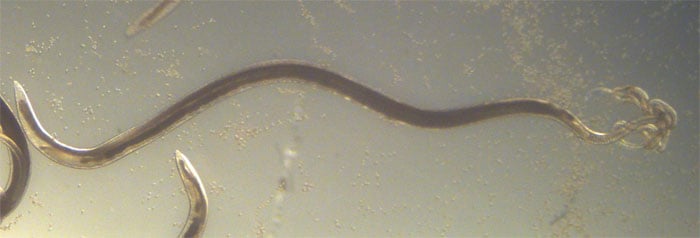
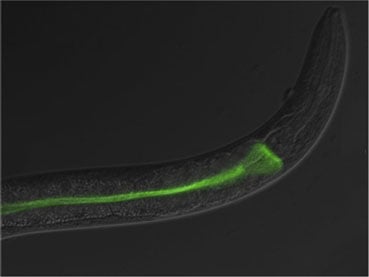 |
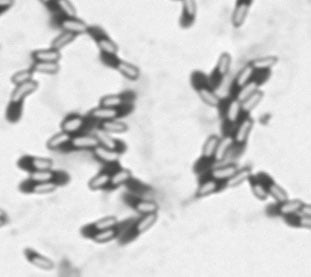 |
Crystal proteins
We are currently studying how Bacillus thuringiensis (Bt) crystal (Cry) proteins can be used to cure STHs like hookworms, whipworms, and giant roundworms. Bt Cry proteins are non-toxic to humans and higher animals but have been used for decades to control insect pests. We have shown they are also useful for treating STH parasites. Our work involves selection, optimization, formulation, and novel delivery systems for Cry proteins.
Formulation:
Large proteins have never been used before for this type of therapeutic. We are currently collaborating with other experts to develop the first anti-parasitic probiotic.
Testing of Spectrum:
Our lab currently researches three parasitic roundworms and via collaborators we have access to excellent models for all three of the main groups of intestinal human parasitic roundworms. We will therefore test the ability of these and other compounds to determine optimal therapeutics against human parasites.
Structure-Function Studies:
We are currently collaborating with experts to determine the 3D structure of the anthelmintic Cry protein. We are using the structure to determine how the protein works and better develop its ability to intoxicate and kill roundworms.
Combination Therapies:
Our group has pioneered work in studying how best to combine anti-roundworm drugs. Drug combinations are considered the gold standard for treatment of many important diseases like HIV/AIDS, TB, and malaria. We are currently exploring various drug combinations to find and optimize those with great efficacy against parasitic worms.
Mechanisms of Drug Pathology/Drug Action:
We are using C. elegans to study mechanisms of action and resistance of anthelmintics. The aim of this research is to better understand how roundworm drugs work and the molecular mechanisms by which parasites develop resistance.
Innate Immunity against Pore-Forming Toxins
An additional area of group focus is the basic biological research of cellular immunity to virulent bacterial pore-forming toxins (PFTs). We are using C. elegans mutants as well as RNA interference to identify the genes required for intestinal cells to neutralize attack by pore-forming proteins. We are also characterizing the mechanistic pathways into which the products of these genes fall to obtain a better understanding of this evolutionarily conserved response to bacterial infection.
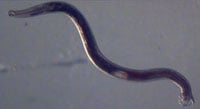 |
 |
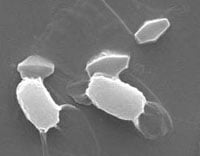 |